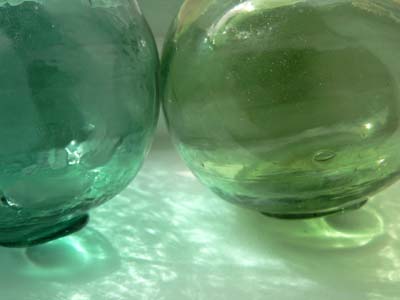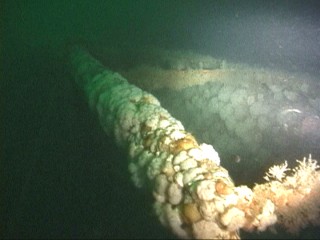Lines

As a kid, I spent a great deal of time in the room where my retired grandfather kept his books and carving bench. It had been my Father's bedroom for his entire life previous to marrying my mother. Dad's narrow bed under the low saltbox eaves was gone and replaced by charts and compasses, sextants and globes, pulleys and blocks and tackle and a bushel basket of Japanese glass fishing floats gathered gradually along the edge of The Sound. All held hours of fascination, but the things which drew me again and again were the ship half hulls. They were beautiful to me. They were working models from the boat and ship yards which has thrived before World War I along the banks of the Pawcatuck and Mystic rivers; polished mahogany forms to guide the carpenters and shipwrights in forming the ribbed frameworks of the hulls. They were all different, schooners and sloops and larger full rigged ships, but all had been invented via the maker's instinct from rolling compound curves; an organic understanding of forward motion and displacement through water. Two disparate halves could be placed together-two opposing ogee curves- the outline making what looked like a champagne glass shape (a "coup" contoured like Louis XV's mistress Madame Pompadour breast ) when viewed from the end.
The Andrea Doria was one of the loveliest ships built to ferry Americans to the Old World during the post war tourism boom, descending along the aesthetic lines of the great Normandie, which with many others I had examined in some of the books stacked in my Grandfather's room. Her steel flanks followed the same gracious curves of the wooden hull models. Inside, the swept back wedding cake superstructure was fitted with furniture and artworks by notable Italians of the day, sweeping coved ceilings, ceramic relief walls, lavishly woven carpets and tapestries and figural marquetry paneling and amoeba shaped chairs and sofas floating above polished marble mosaic floors on thin stiletto legs. Brochure illustrations reprinted alongside photos and deck plans in the books showed cheerful blond passengers beside outdoor pools - clean cut men in pale sports coats and ladies in crinoline dresses flared and brightly patterned like the attendant sheltering umbrellas - all being served those saucer shaped glasses of champagne by waiters in white jackets, narrow bow ties, and shiny blue black hair.
All large ships are surprisingly fragile things, considering their great size and cost; their beautifully curved steel skins are only about an inch thick. Late on the evening of July 25th, 1956, in a thick fog off Nantucket island, the fine contour of the Andrea Doria's hull was pierced in collision with the Swedish liner Stockholm. Far less lovely festive and bright, but armored and reinforced against the ice of northern waters, the long tapering, ice breaking clipper bow of the Stockholm penetrated from the portside almost to the Andrea Doria's center keel, and down from the main deck to far below the waterline. When the ships wrested apart, the ocean poured in, and hours later on the morning of the twenty sixth, with news cameras clicking away, the glossy black hull fully revealed itself, rolling over like a giant whale and slipping under the waves. Approximately fifteen hundred were saved by the speedy actions of rescue ships; forty eight died in their lavish cabins; crushed corpses sinking to the bottom of the Atlantic in a cracked eggshell of tons and tons of steel. Deck chairs and lifeboats floated off, and those not scavenged by the boats attending the sinking were carried off on the same currents which brought my grandfather his glass fishing floats.

The dead ship still captivates; people living who mourn the remembered dead, or who mourn that past era as lived or imagined. Less romantic admirers, divers drawn to the popular and accessible site, still sift through the debris for bits of porcelain and crystal not already stripped away by swift currents or previous visitors. The hull flexes and contorts as it crumbles into the ocean bottom, it's contours distorting and settling into new forms crusted and re-encrusted with anemonies and cobwebs of fishing nets. I've read that divers say, when the water changes suddenly, as it does from murky to clear, that it's quite beautiful in the cool green light that filters down from above.

<< Home